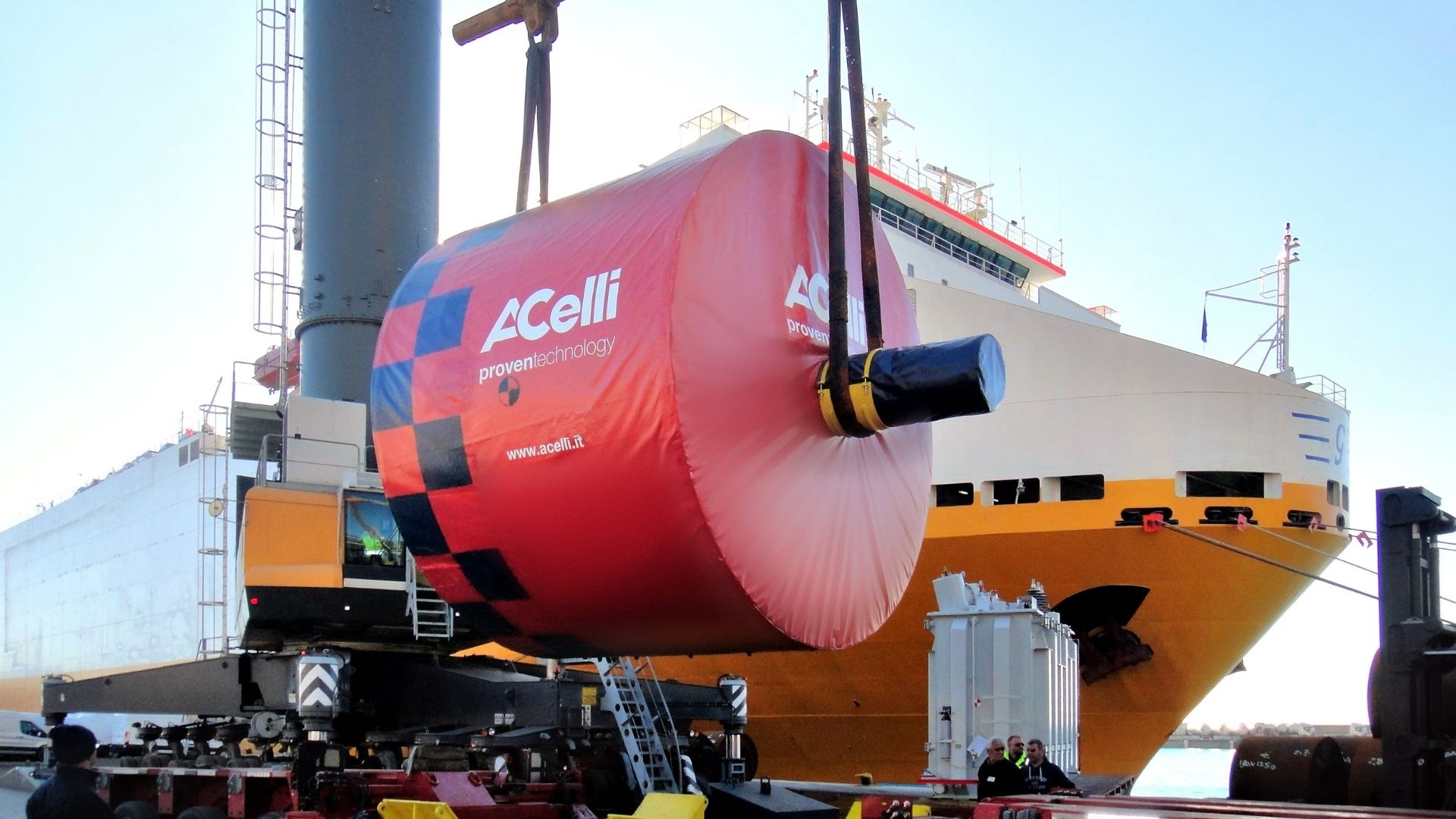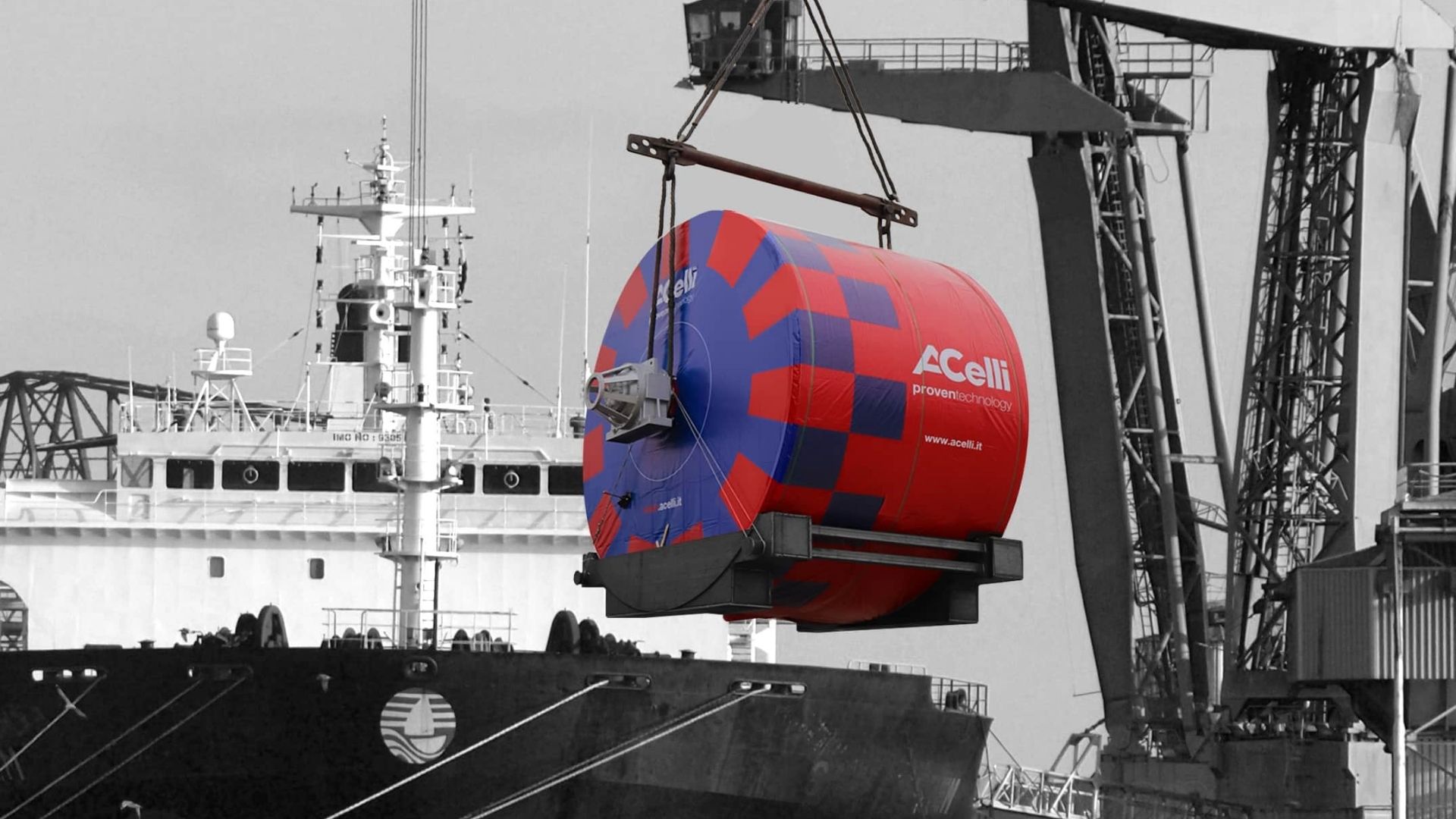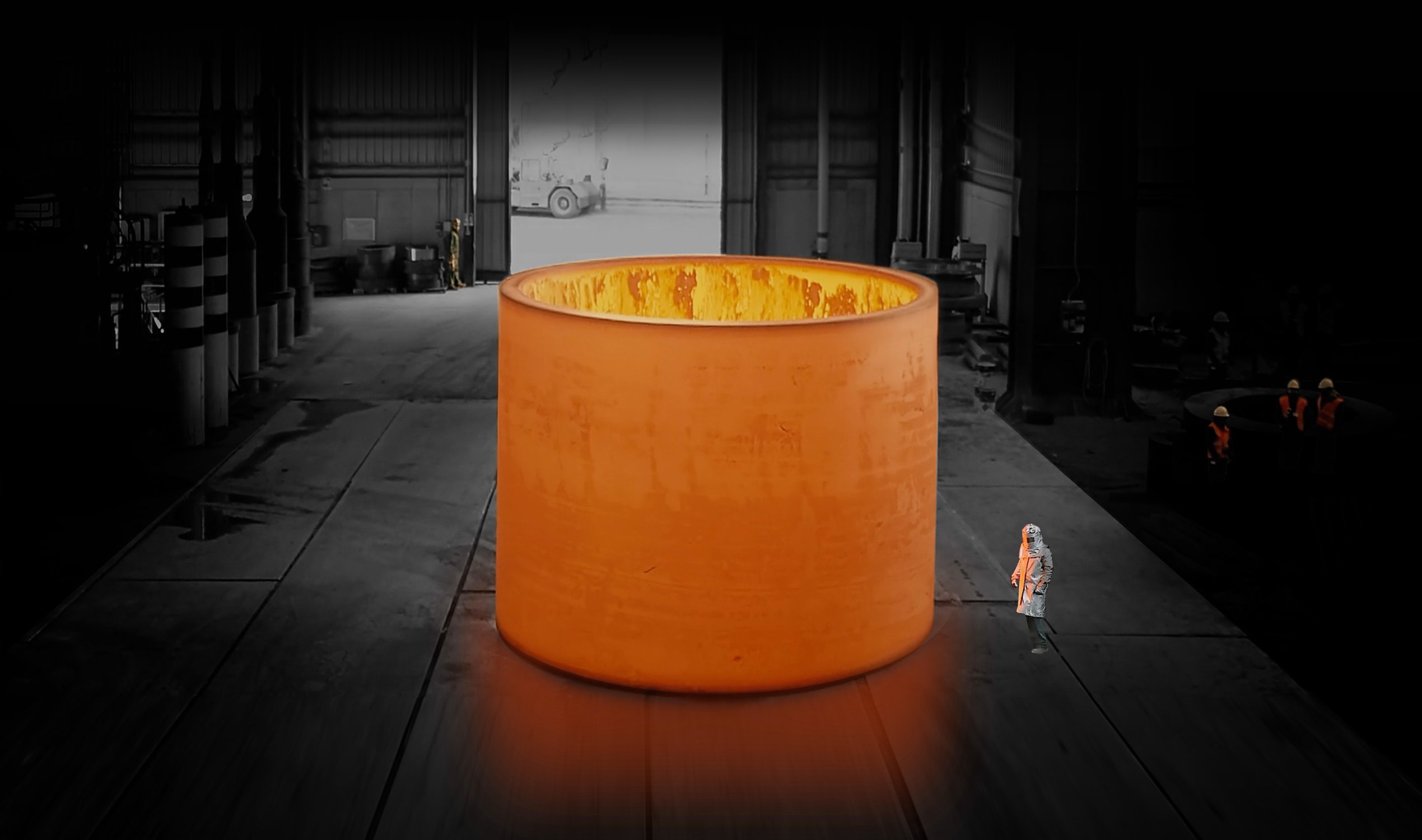
The Company
Topics
Contacts

yankee dryer
The Yankee Dryer can be defined as the heart of a machine dedicated to the production of Tissue paper. This huge internally heated cylinder allows, together with the hoods, to remove by evaporation most of the water remaining in the paper sheet after passing through the press section. In this way, the humidity percentage of the sheet goes from 60-65% to 5%: an optimal value for crepe paper for domestic or sanitary use.
Below we will analyze the main features, the various construction methods and the differences between the Yankee cylinder models on the market, including the latest innovation introduced by A.Celli: the iDEAL® Evo-Lock® Yankee Dryer family.

As we have mentioned, to obtain a sheet of tissue paper starting from the cellulose pulp, most of the water present in the mixture fed into the paper machine must be eliminated. Part of the water present in the fibrous suspension released on the forming fabric is drained by means of the combined effect of centrifugation and squeezing through the forming fabric itself, thanks to the particular path of the latter around the forming cylinder. At this point the newly formed sheet still contains about 6-7 parts of water for each part of fiber, that is a 15% of dry.
Subsequently, the sheet is transported by the felt into the press section of the paper machine, consisting of one or two nips formed by as many pressure cylinders resting on the Yankee cylinder (Yankee presses).
Here, thanks to the pressure exerted on the sheet, a further fraction of water will be eliminated. After the Yankee presses, there will be an almost equal proportion between the parts of the fiber and the parts of water present in the sheet, i.e. 42-50% of dry.
To reach the desired dry of approximately 95% ("dry crepe"), the Yankee Dryer comes into play: a cylinder with a diameter that can vary from 2.5 to 6.7 meters and with a weight that can reach up to 150 tons. In fact, immediately after the sheet has passed through the nip formed by the Yankee Cylinder and a suction press (or a blind hole press, in the case of a two-press tissue machine), the sheet is made to adhere to the Yankee.
The surface of this cylinder is heated by the high pressure steam (up to 10 bar) contained within it, thus allowing the transmission of heat between the cylinder and the paper by conduction. The drying carried out by the Yankee cylinder and the overlying hoods, which blow hot, dry air on the sheet of paper and suck in the air made moist by the evaporated water, allows the paper sheet to reach the desired dry value.
Once the drying phase is complete, the sheet of paper will be removed from the cylinder thanks to the action of a creping blade. The force with which the sheet adheres to the Yankee is fundamental to determine the "creping" effect, that is the shrinking effect of the paper upon detachment from the cylinder which gives the tissue paper its typical volume, softness and elasticity.
Today there are various types of Yankee Cylinders, each of which provides for the choice of different materials for the manufacture of the shell and different solutions for coupling the shell itself with the heads: let's see them in detail.

Among the various solutions available, a generic Yankee steel cylinder sees the use of welding both in the manufacturing procedure of the shell and in the coupling between it and the heads. To date, however, there are alternative construction methods that allow to obtain significant advantages. Let's see them in detail.
One of the most important and stressed components of a Yankee Cylinder, especially at the welding points, is the shell. To build it, it is important to choose the best material, which must ensure high thermal conductivity and good resistance to pressure and wear. The shell is usually built in cast iron or steel, although, to date, the trend sees the use of the latter material prevail for its many advantages, among which there is a better heat transfer.
A steel shell can be built by assembling several arched sheets (by calendering) joined by transverse and longitudinal welds, or starting from a single steel ingot. The first solution, that of the welded shell, starts from calendered steel sheets joined to each other through one or more longitudinal and circumferential welds to form a cylinder.
This shell needs a periodic inspection of the welds carried out by means of both visual inspections and Utrasound Testing (UT). These are activities for which it is necessary to stop production and wait for the Yankee cylinder to cool down to be able to access it safely, with obvious repercussions on productivity.
The forged shell, an innovative solution developed by A.Celli, is instead composed of a single piece, thus eliminating the need for structural welds.
This construction method eliminates any possibility of deformation, both during the processing and during the use of the Yankee Cylinder. The shell structure is free from residual stress and is characterized by a homogeneous material that guarantees resistance to cracks and pressure variations, effectively eliminating the risk of breakage.
A forged shell therefore does not require the numerous periodic internal weld inspections required for the generic cylinder with a welded shell, thus eliminating both the frequency and duration of downtime.
In order for the Yankee Cylinder to work properly - and safely - it is essential to obtain a perfect joint between head and shell. Until now, this coupling could take place in two different ways: through structural welding or through the use of bolts, the latter solution developed and used by A.Celli.

Using full penetration structural welds, a greater number of inspection activities and periodic tests must be taken into account in order to verify the state of the welds and the presence of any cracks capable of compromising the integrity and safety of the Yankee cylinder.
For this reason A.Celli has developed and used to date a solution that involves bolting the heads to the shell for the construction of its iDEAL® Forged YD Yankee Cylinders. By doing so, both the number of periodic checks required and the related costs have already been reduced, even if the bolts must be revised and changed periodically. However, the bolted heads characteristic of the iDEAL® Forged YD have the advantage of avoiding the two large circumferential welds in a very critical area from the point of view of thermo-mechanical stress.
However, the real novelty is the “third way” recently developed by A.Celli Paper: the coupling of shell and heads of the single-size Yankee cylinder without using structural welds or bolts. This innovative solution deserves further study in the next paragraph.

Starting from the technological premises of our iDEAL® Forged YD, A.Celli wanted to think about how to further reduce the inspection activities while ensuring the efficiency and intrinsic safety of the Yankee cylinder.
Thus was born the latest novelty designed and developed by A.Celli Paper, the iDEAL® Evo-Lock®: a Yankee Dryer with an innovative design that involves the use of a coupling system between heads and shell that does not require any structural welding or bolts.
This solution makes it possible to significantly reduce the unavailability time of the Yankee Cylinder, thanks to the elimination of both internal periodic inspections of the structural welds with the machine at a standstill and of the ultrasonic testing of the bolts.
The new iDEAL® Evo-Lock® cylinder also inherits from the iDEAL® Forged YD the design of the monobloc forged steel shell, with all the resulting advantages. Basically, A.Celli iDEAL® Evo-Lock® combines the advantages of a cast iron Yankee Dryer with those of a steel Yankee Dryer, also guaranteeing a drastic reduction in the periodic inspection activities required and related costs in terms of machine downtime.
If you are interested in discovering in detail this new solution and the economic and maintenance benefits it entails, you can download our free eBook "How the new A.Celli iDEAL® Evo-Lock® Yankee Dryer allows you to reduce the number of inspections required".